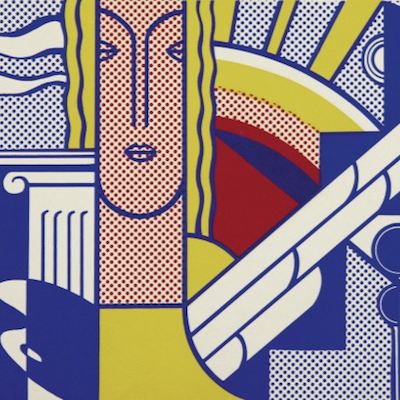
Details
Artist
Styles
// Half Table Half Chair by Wang Huai-Qing, a limited edition etching from 2008, presents a bold abstract composition that combines the elements of a table and a chair into a single form. The piece uses stark black lines and shapes to depict the fragmented structure, with a blue accent on the left and a textured gray area on the right, adding depth and contrast to the design. The minimalist lines and blocks convey a sense of traditional Chinese furniture reinterpreted in a contemporary style. The juxtaposition of solid black forms with textured and colored areas creates an impression of balance and duality, inviting viewers to contemplate themes of tradition versus modernity and the fluid boundaries of functional objects.
Half Table Half Chair , 2008
form
Medium
Size
95 x 74 cm
- Inches
- Centimeters
Edition
Price
- USD
- EUR
- GBP
Details
Artist
Styles
// Half Table Half Chair by Wang Huai-Qing, a limited edition etching from 2008, presents a bold abstract composition that combines the elements of a table and a chair into a single form. The piece uses stark black lines and shapes to depict the fragmented structure, with a blue accent on the left and a textured gray area on the right, adding depth and contrast to the design. The minimalist lines and blocks convey a sense of traditional Chinese furniture reinterpreted in a contemporary style. The juxtaposition of solid black forms with textured and colored areas creates an impression of balance and duality, inviting viewers to contemplate themes of tradition versus modernity and the fluid boundaries of functional objects.
- Recently Added
- Price (low-high )
- Price (high-low )
- Year (low-high )
- Year (high-low )
What is late modernism?
Late Modernism refers to the continuation and evolution of Modernist principles in art, architecture, and literature from the mid-20th century into the late 20th century. This movement maintains a focus on form, abstraction, and the rejection of traditional styles, but it often incorporates more complexity and ambiguity compared to early Modernism. Late Modernism explores themes such as alienation, identity, and the fragmentation of reality, reflecting the social and cultural shifts of the post-war period. It is seen in the works of architects like Louis Kahn and artists like Francis Bacon, who pushed the boundaries of Modernism while responding to the changing world around them.





















